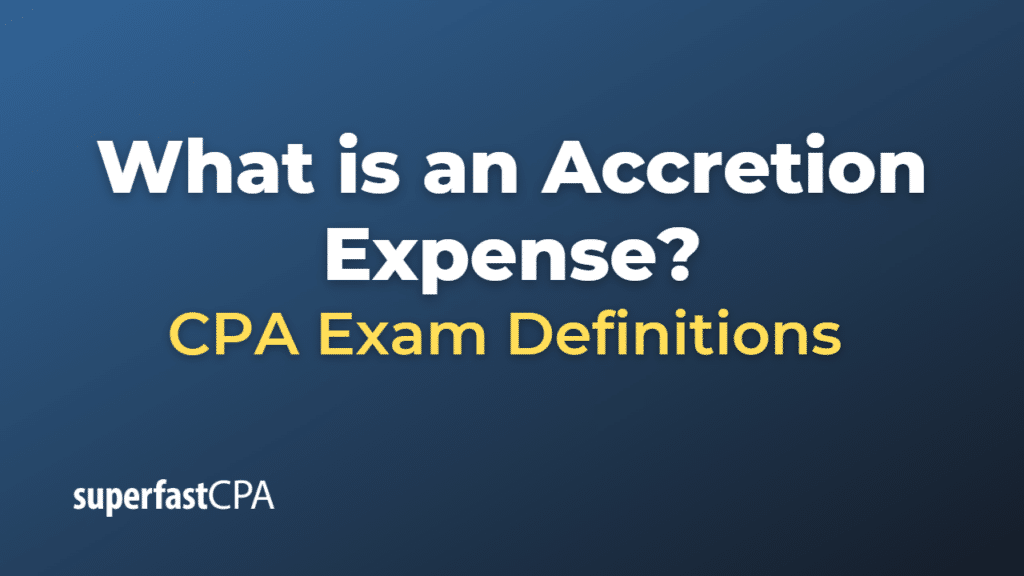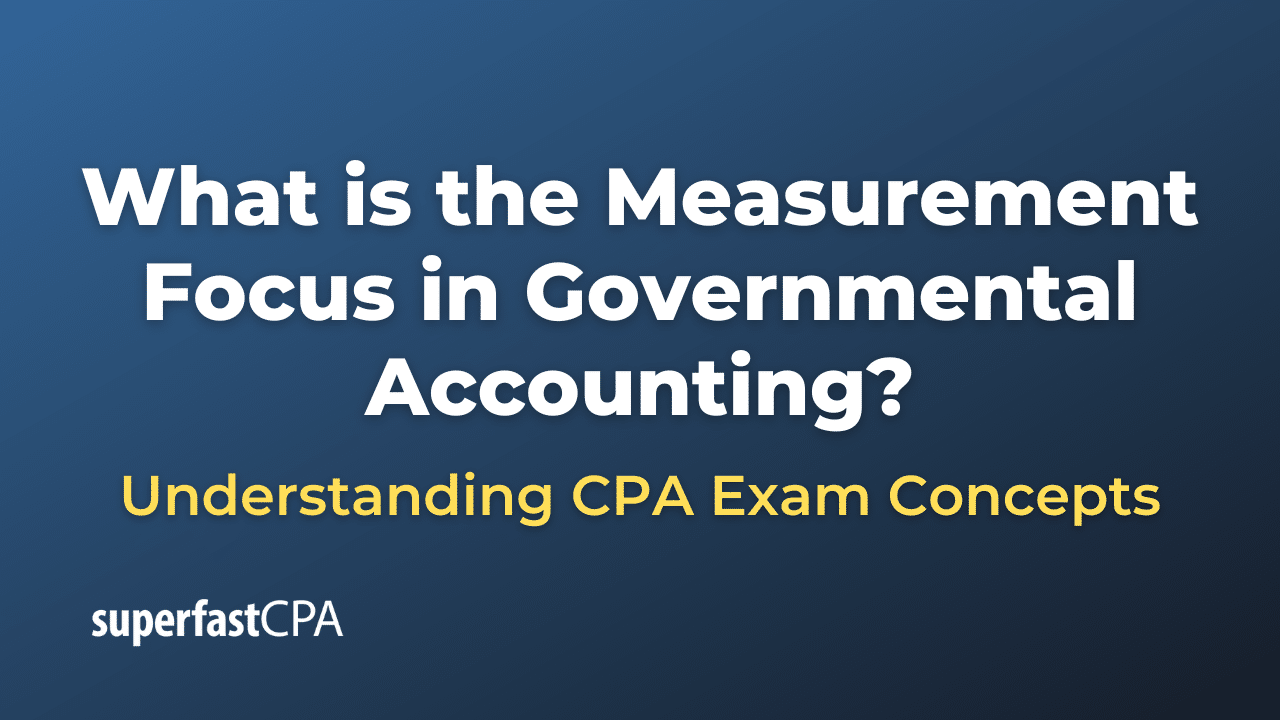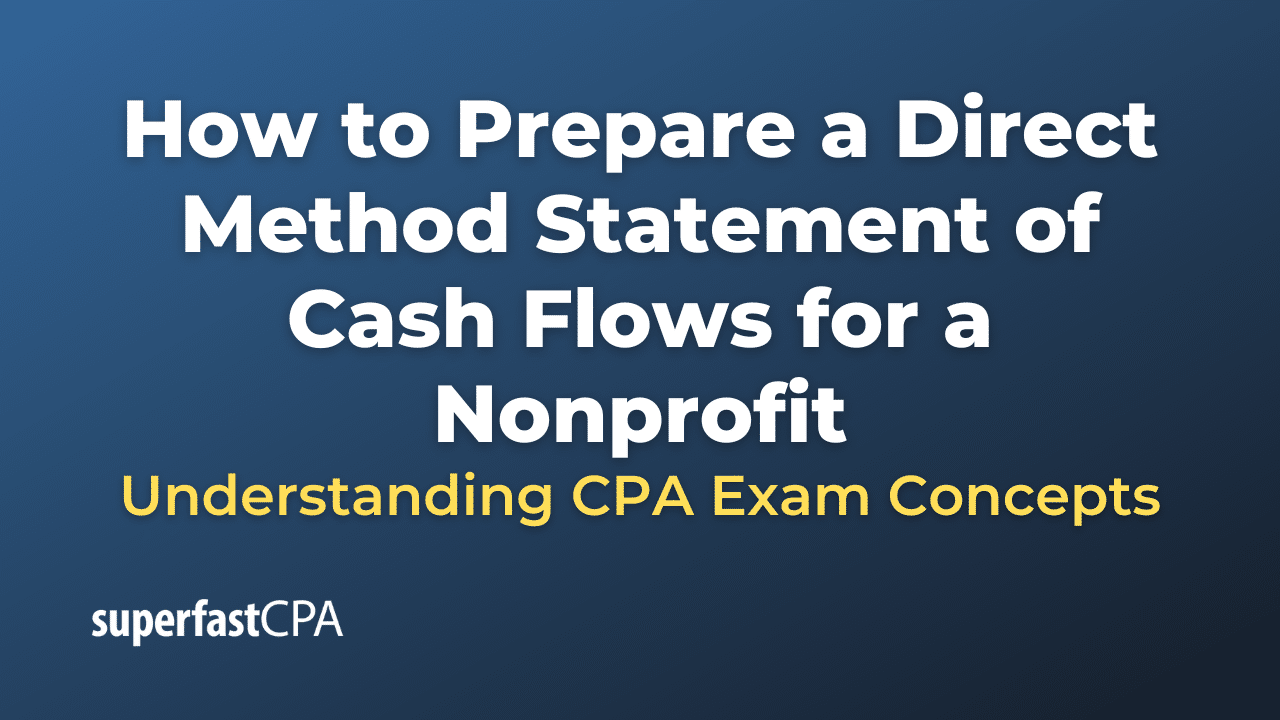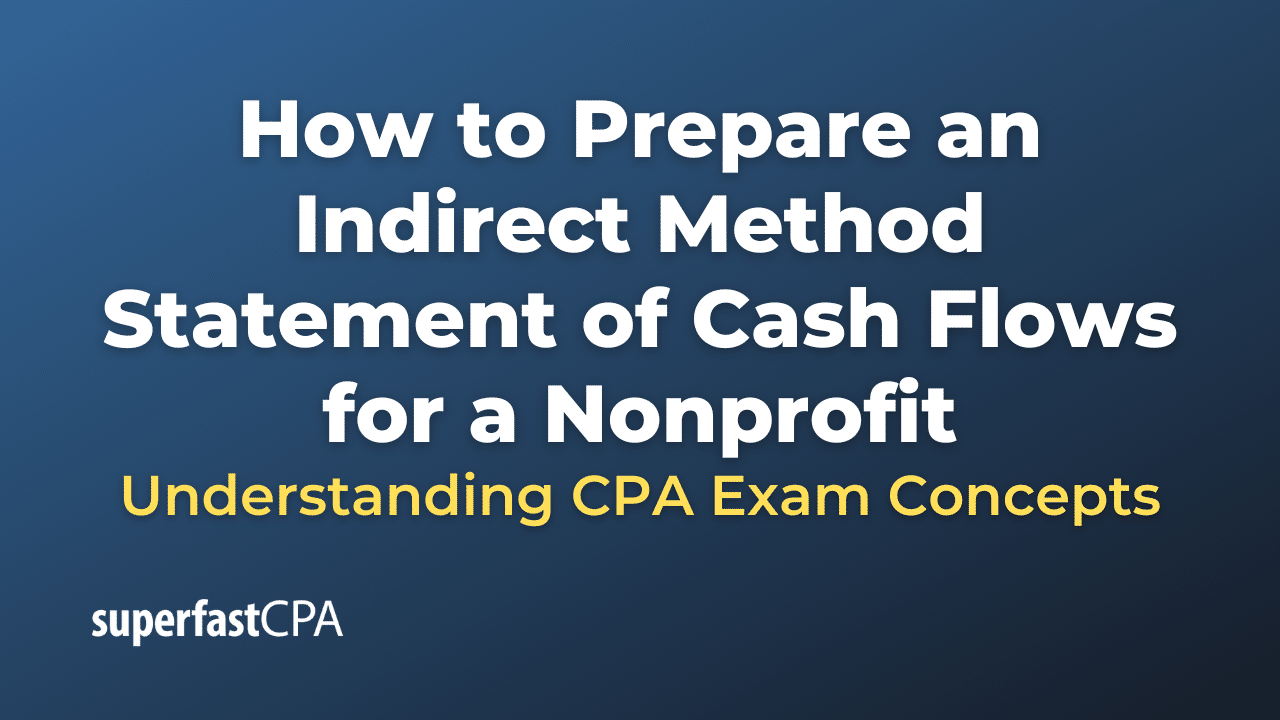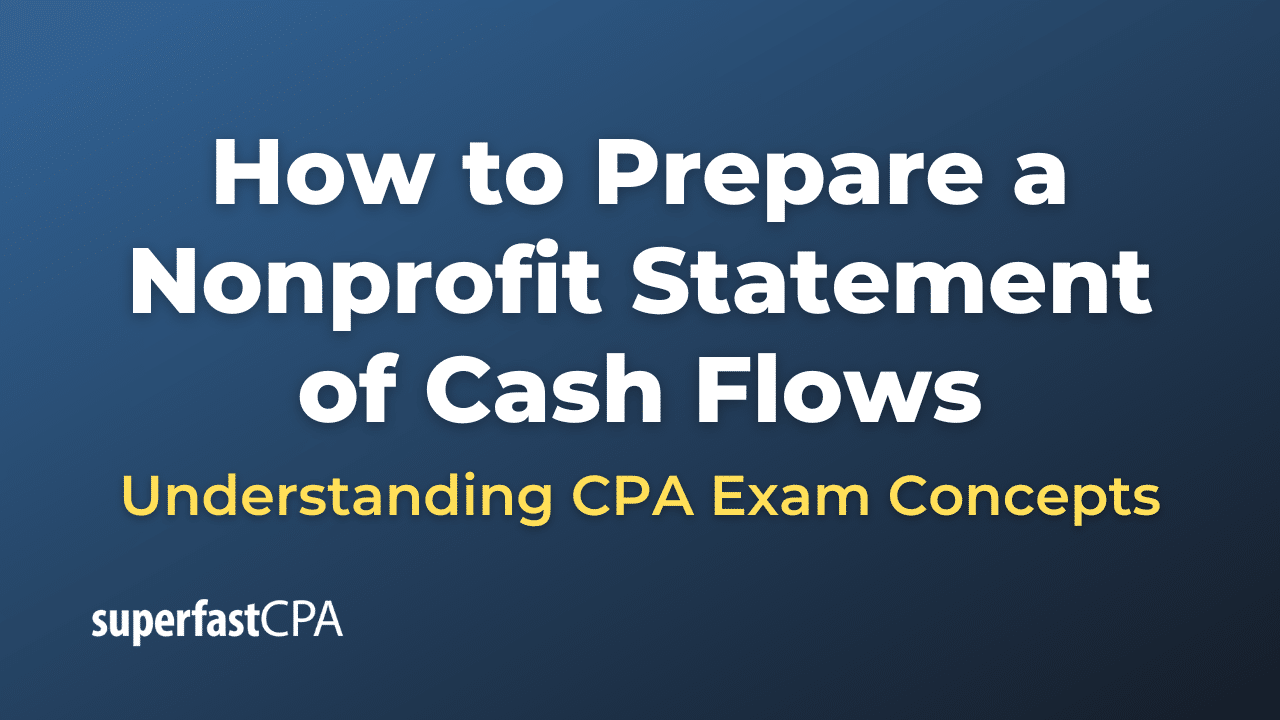Accretion Expense
Accretion expense is an accounting term that refers to the periodic expense recognized when an increase in the value of a liability or a decrease in the value of an asset is recorded over time. Accretion expense typically arises in the context of long-term liabilities, such as asset retirement obligations (AROs) or the accretion of interest on bonds issued at a discount.
One common example of accretion expense involves asset retirement obligations (AROs). Companies with long-lived assets, such as power plants, mines, or oil and gas facilities, often have legal obligations to retire, dismantle, or restore these assets at the end of their useful lives. The estimated costs of these obligations are recorded as a liability on the balance sheet, and the associated asset retirement costs are capitalized as part of the carrying amount of the long-lived asset.
Over time, the present value of the estimated future cash flows related to the AROs increases due to the passage of time, bringing the date of the obligation closer. This increase in the liability is recorded as an accretion expense, which represents the cost of the increasing value of the ARO liability.
In summary, an accretion expense is the periodic expense recognized in the income statement as the value of a liability increases or the value of an asset decreases over time. It’s an important concept in accounting as it ensures that the financial statements accurately represent the changing value of long-term liabilities and assets.
Example of an Accretion Expense
Let’s consider an example involving an asset retirement obligation (ARO) and the related accretion expense.
Suppose a mining company, MountainTop Inc., has an obligation to dismantle and restore a mine site at the end of its operations. The estimated cost to retire the mine in 10 years is $1,000,000. Using a 5% annual discount rate, the present value of the future obligation is calculated as follows:
PV = FV / (1 + r)^n PV = $1,000,000 / (1 + 0.05)^10 PV ≈ $613,913
MountainTop records the ARO liability of $613,913 on its balance sheet and capitalizes the same amount as part of the carrying value of the mine. Over the next 10 years, the ARO liability will increase due to the passage of time and the accretion of interest. The annual accretion expense is calculated using the 5% discount rate:
Accretion Expense = ARO Liability * Discount Rate Accretion Expense = $613,913 * 0.05 Accretion Expense ≈ $30,696 (for the first year)
Each year, MountainTop will record the accretion expense in its income statement, increasing the ARO liability. The ARO liability will grow as follows:
Year 1: $613,913 + $30,696 ≈ $644,609 Year 2: $644,609 * 1.05 ≈ $677,039 Year 3: $677,039 * 1.05 ≈ $710,891 … Year 10: ≈ $1,000,000
By the end of the 10-year period, the ARO liability will have increased to approximately $1,000,000, which is the estimated cost to retire the mine site. The accretion expense ensures that the increasing value of the ARO liability is recognized in the company’s financial statements over time, accurately reflecting its financial position and performance.

